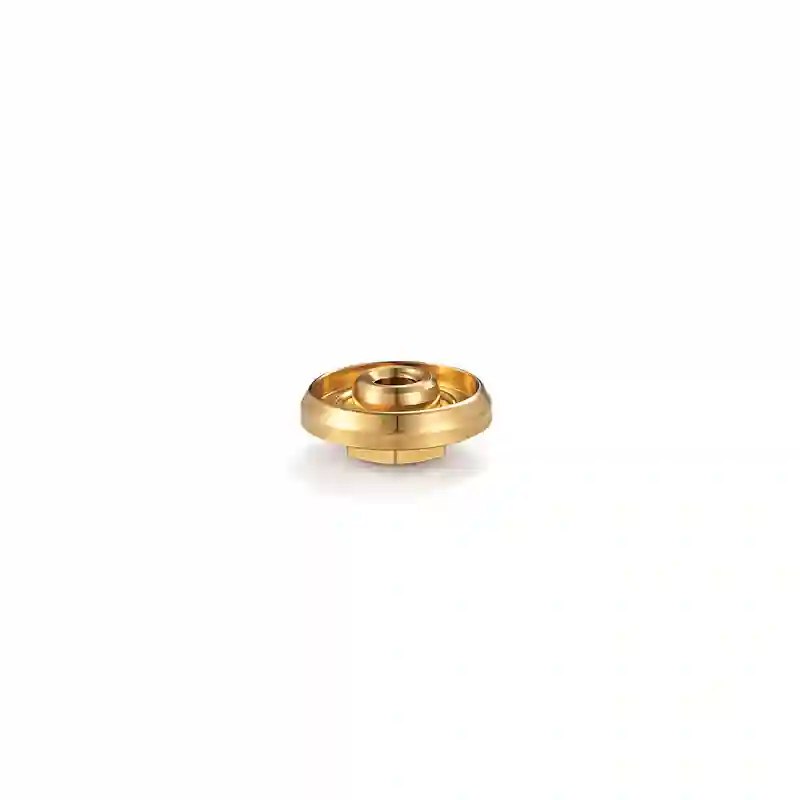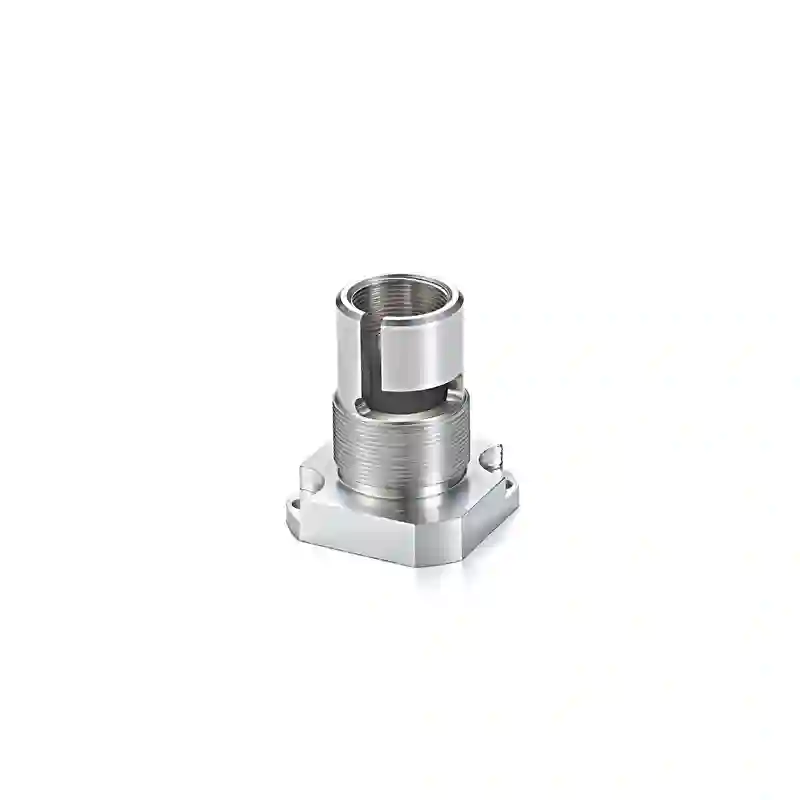Our Alloy Die Casting Process: From Design to Precision Component
1. Die Design and Fabrication:
The first stage involves creating custom metal dies based on precise product specifications. These dies, made from high-grade steel, offer excellent wear resistance and thermal conductivity to withstand extreme pressures and temperatures.
2. Metal Melting and Preparation:
We select the optimal metal alloy (e.g., copper alloys, aluminum alloys) and heat it to its melting point, transforming it into a molten state.
3. High-Pressure Metal Injection:
Molten metal is injected into the die cavity under high pressure. This ensures complete mold filling, maintaining metal fluidity for accurate replication of fine design details.
4. Cooling and Solidification:
After injection, the cooling process begins. The molten metal rapidly cools within the die, solidifying into the final component. Cooling time depends on the metal alloy and part complexity.
5. Die Opening and Part Ejection:
Once the metal solidifies, the die opens, and the component is ejected. The part takes shape according to the original design.
6. Post-Processing and Finishing:
Although die-cast parts are precise, post-processing may refine their quality and appearance. Secondary operations include deburring, machining, and surface treatments (e.g., plating, painting) to meet client requirements.
7. Rigorous Quality Inspection:
Being a die casting parts manufacturer, TAH DENG applies strict quality control for every batch, including visual inspections, dimensional measurements, and strength testing to ensure components meet design standards.
Beyond alloy die casting, we also offer comprehensive forging, bar processing, and extrusion manufacturing services. We invite you to complete our online form to discuss your specific production needs.

